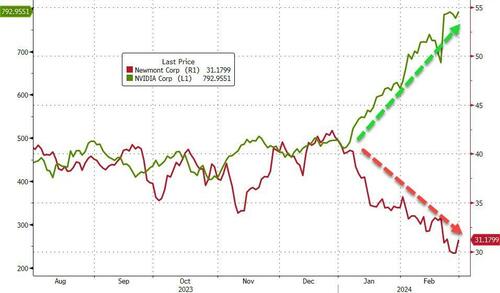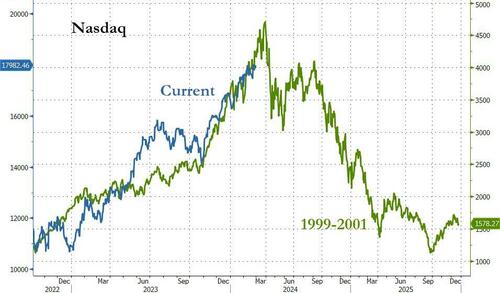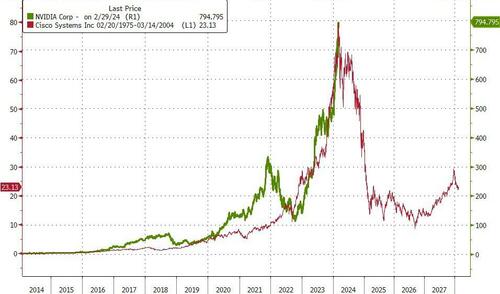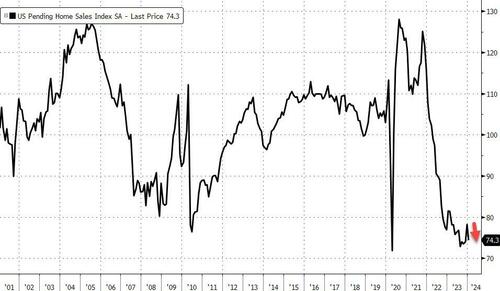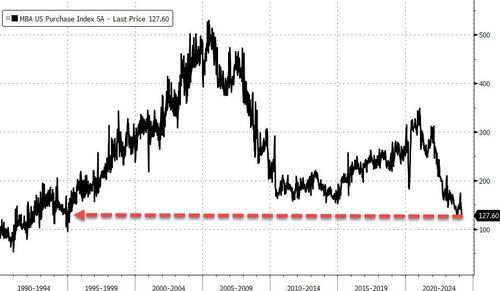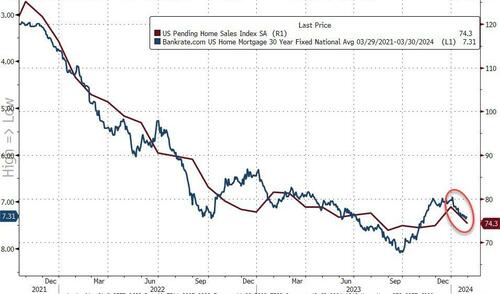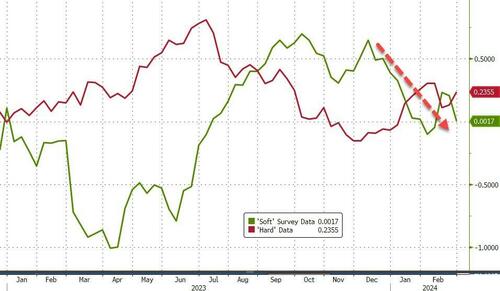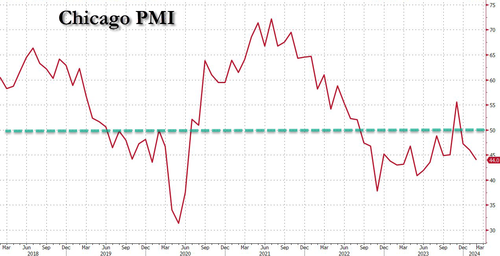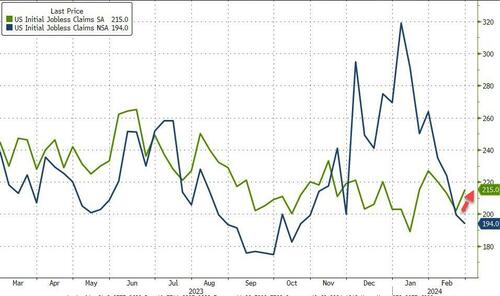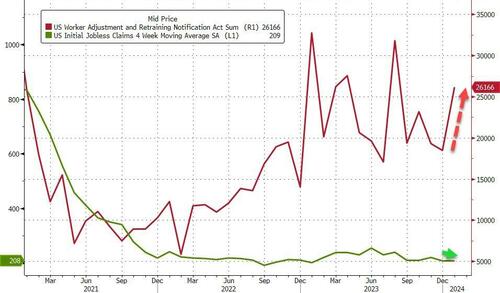The Fastest And Slowest Selling Housing Markets In 2024
By Sam Bourgi of CreditNews
Faced with chronically low supply and record housing costs, 2023 was America’s worst year for home sales in nearly three decades.
But despite dire headlines to the contrary, there still exist red-hot housing pockets where listings are going off the market within weeks—especially in smaller cities.
As we approach the busier spring homebuying season, Creditnews Research ranked the fastest-selling housing markets in America within the top 100 most populous metropolitan areas.
The study also compared how these rankings have evolved since the beginning of Covid and discovered a major shift in best-selling markets.
In fact, none of the 10 fastest-selling metros before Covid made it to the best-selling list today, and vice versa. For example, today’s top-selling metro Hartford ranked just 48th before Covid.
Part of the reason behind this realignment is different inventory levels across the nation—which, we found, has a strong connection with how fast listings sell.
Key Findings
-
The top 10 fastest-selling metro areas of 2024 are all located on the East Coast and Midwest, with Hartford, CT, Rochester, NY, Syracuse, NY, Harrisburg, PA, and Richmond, PA coming out on top;
-
Five of the top 10 fastest-selling metros were also among the top 10 areas that lost the most per-capita housing inventory since the beginning of Covid;
-
The top 10 slowest-selling metro areas are Austin, TX, McAllen, TX, Poughkeepsie, NY, San Antonio, TX, New Orleans, LA, Jacksonville, FL, Cape Coral, FL, Colorado Springs, CO, Deltona, FL, and New York, NY;
-
Seven of the top 10 slowest-selling metro areas are located in southern states, and three of them are located in Texas: Austin, McAllen, and San Antonio;
-
Austin, TX, is also the biggest Covid “loser,” with its median listing requiring 66 days to sell, compared to 23 before Covid;
-
The biggest Covid “winner” is Hartford, CT, with its median days-to-pending marking a major drop from 52 days to eight days between January 2020 and January 2024;
-
There’s a strong correlation between housing inventory and selling pace between January 2020 and January 2024.
Top 10 fastest-selling metros
The top 10 fastest-selling metros share a few things in common: They’re all situated on the East Coast and Midwest and have seen a sharp decline in their housing inventory since Covid.
-
Hartford, CT: As of January 2024, the fastest-selling housing market had a median days-to-pending of eight days, down from 52 days in January 2020. That’s the biggest percentage drop (-84.62%) of all the metros in the study. Hartford also posted the second-biggest decline in per-capita housing inventory since Covid.
-
Rochester, NY: The Upstate New York city of Rochester has a median days-to-pending of nine days, which makes it tied with the next two cities on the list. That represents a decline of 73.53% compared to January 2020. Rochester also posted the fifth largest percentage drop in inventory per capita compared to pre-Covid.
-
Syracuse, NY: The Central New York city of Syracuse has a median days-to-pending of only nine days as of January 2024, down 82.69% compared to four years earlier. That’s the second-biggest decline of any metro. Syracuse saw the sixth-largest percentage drop in per-capita housing inventory over the study period.
-
Harrisburg, PA: This Pennsylvania city also has a median days-to-pending of nine days, down 60.87% compared to January 2020.
-
Richmond, VA: Between January 2020 and January 2024, Richmond saw its median days-to-pending decline by 66.67%, from 33 to 11 days.
-
Grand Rapids, MI: The only Michigan city in the top 10, Grand Rapids has a median days-to-pending of 11 days—down 60.71% from pre-Covid levels.
-
New Haven, CT: Also at 11 days, New Haven’s median days-to-pending for a single-family home has declined by 74.42% over the four-year period.
-
Boston, MA: Despite being one of the country’s most expensive housing markets, Boston real estate remains red hot. Beantown’s median days-to-pending is just 12 days—down 55.56% compared to January 2020. Boston is also the biggest metro in the study, ranking 10th in the country.
-
Columbus, OH: The second-biggest metro in the top 10 is Columbus, which also has a median days-to-pending of 12 days. That’s a 29.41% decline compared to pre-Covid levels.
-
Worcester, MA: Located about an hour away from Boston, this mid-sized city also makes it in the top 10 fastest-selling housing markets, with median days-to-pending of 12 days. That’s a 50% decline compared to January 2020.
Top 10 slowest-selling metros
With the exception of New York, NY and Poughkeepsie, NY, all the 10 slowest-selling metros in our study are larger Sun Belt cities, with three located in Texas and another three in Florida.
In Austin, TX, it takes 66 days for a home listing to go to pending status after being shown for sale—longer than any other metro area in the country.
McAllen, TX, is the next slowest market at 53 days-to-pending, followed by Poughkeepsie, NY (51 days), San Antonio, TX (49 days), and New Orleans, LA (48 days).
Unlike the fastest-selling markets, the slowest metros saw less of a reshuffling in rankings.
In five of these metros, the median days-to-pending increased compared to pre-Covid; one remained unchanged, and four recorded a decline.
Biggest Covid winners and losers
Although the dynamics of the housing market are sufficiently covered on a national basis, there’s been a major divergence between local markets over the past four years.
Our study showed that some of the fast-selling markets became the slowest, and slow-selling markets became the fastest. Two of the biggest extremes are Austin, TX and Hartford, CT.
Between January 2020 and January 2024, Austin, TX’s median listing time jumped from 23 days to 66 days. On the flip side, Hartford, CT,’s median days-to-pending fell from 52 days to just eight days as of January 2024.
Hartford also ranks first in our study for fastest-selling metros.
Strong correlation with housing inventory
Part of the reason we’re seeing such a major reshuffling in America’s red-hot markets is the divergence in housing inventory on a metro level.
Among the top 10 fastest-selling housing markets, five were also in the top 10 metros that lost the most housing inventory on a per-capita basis between January 2020 and January 2024.
They were: Hartford, CT, New Haven, CT, Rochester, NY, Syracuse, NY, and Grand Rapids, MI.
Interestingly, the same percentage of the top 10 metros that added the most (or lost the least) per capita housing inventory made it to our top 10 slowest ranking.
For a broader perspective, we found a strong correlation of 0.69 between the percentage change in median days to pending and the percentage change in per capita inventory from January 2020 and January 2024.
Tyler Durden
Thu, 02/29/2024 – 11:40
via ZeroHedge News https://ift.tt/3mOVS2p Tyler Durden



